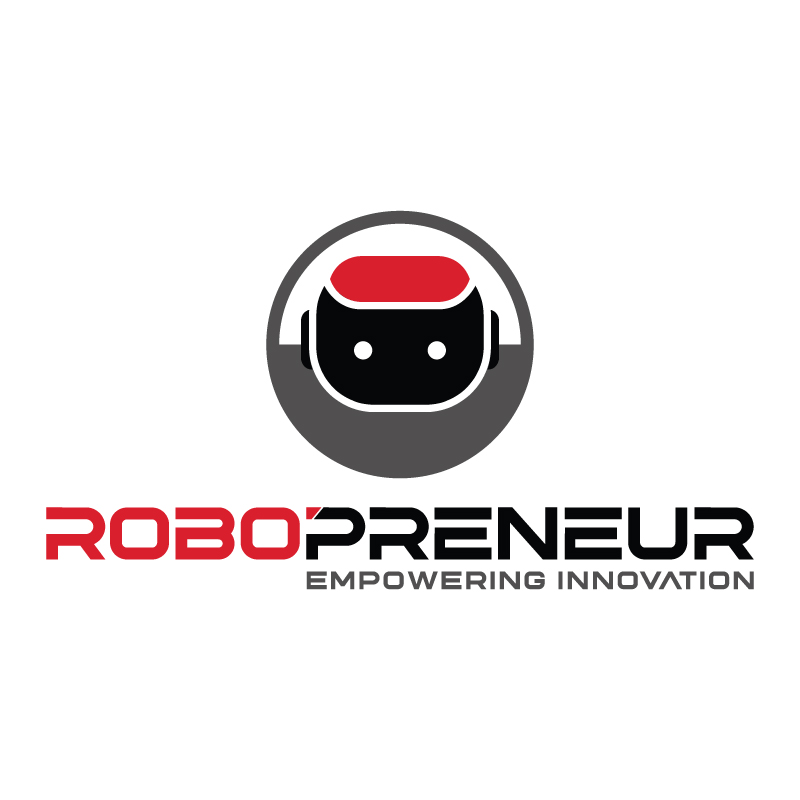
Robopreneur Empowering Innovation for a Better Humanity
- RM 1,856,800186% of the Min.Target (RM 1,000,440)
- 64Investors
- RM 1,000,000Largest Investment
This campaign was successfully funded on 8 Sep 2023.
Campaign Details
- Equity
- ~ up to 10.00%
- OS
- -
- RM 31,500,000
- RM 1,000,440
- RM 3,500,280
- 18 Jun 2023
- 8 Sep 2023
- 14 Sep 2023
Business Info
Robopreneur brings about the future by heightening the capabilities of service robotics. Our robots are developed to help solve human problems, for use in our human environment and to ultimately become our partners.
Our service robots are capable of meeting your demands regardless of job sector. With Industrial Revolution 4.0 underway not only can they be the solution to your problem, they can also help you transform your business to endure and thrive in the changing workplace climate.
 Robopreneur
Robopreneur Robopreneur Sdn Bhd
No.4811-2-43, CBD Perdana 2, Jalan Perdana, Cyber 12
Reg No: 1135440A